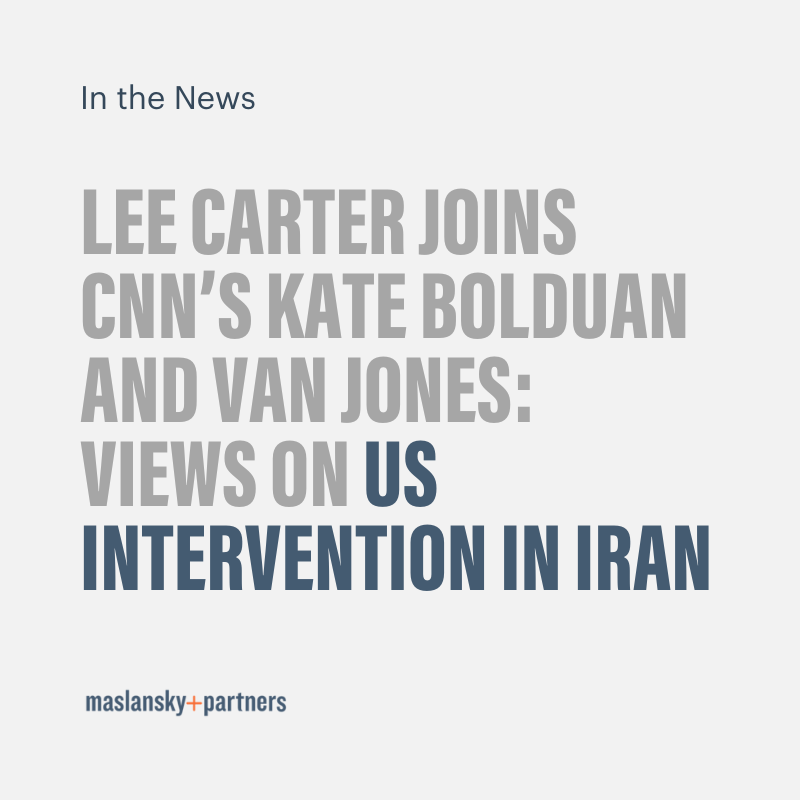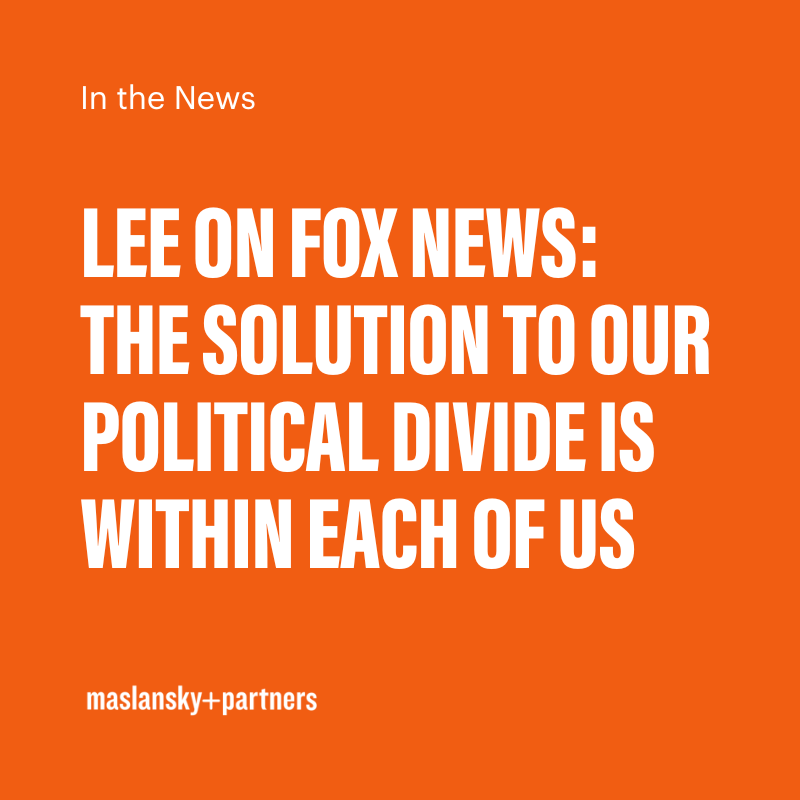Shift Your Language and You Can Revolutionize Perceptions
What it takes to reframe old narratives and shape new ones
Our business is built around the idea that “it’s not what you say that matters, it’s what your audience hears.” But the reality is organizations often build a message based on what they think sounds good. Problem is, they have a whole different set of beliefs, experiences, and attitudes than their audiences. So what happens? They end up going out with a message that doesn’t connect. People don’t understand it, they don’t like it, or they don’t believe it, because they don’t know the organization in the same way. So there’s a gap. If you’re the organization, it’s critical to understand where that gap is, and then find the right language to close it. Otherwise, if you’re the audience, you’ve already moved on.
When you shift your language to focus on your audience, you can revolutionize perceptions. Here are a few ways to help reframe old narratives and shape new ones, to better connect with your audience.
It’s not “just” semantics… words matter. The language we use to describe things makes a big difference in how they’re perceived. In other words, how we talk shapes the way that people think.
When the electric power sector focused on a clear message of “getting as clean as we can, as fast as we can, without compromising on reliability or affordability,” they shifted the perception of the industry from being a monopoly to being genuinely committed to clean, investing in it, and making changes to support a cleaner energy future. Change the language and you change the perception.
Speak their language: use words your customers understand and respond to. Successful companies don’t speak the insular language of their industry. They don’t use jargon. They make it about the customer.
When you hear the word “recycling,” what do you think of? Most people think of the familiar blue recycling bin. Trouble is, when people focus on that blue bin, they also tend to think about all the stuff that never gets into the blue bin – the stuff that’s not getting recycled. Or they imagine that even the stuff that does get in does not get recycled. Either way, people focus on what’s not happening – instead of focusing on what is getting done.
Or think about the word “scrap.” Most people have negative associations with this word. It’s viewed as “waste” or associated with “junkyards.” The industry thinks of scrap very differently. But they are not the audience.
The recycling industry has focused on the inputs (stuff to be recycled) and the process (the actual recycling). Most other industries focus on the end result (the products they actually produce). If you’re a home builder, you don’t talk about putting up the walls, you talk about the house. If you’re Apple, you don’t talk about wires and chips. You talk about the iPhone and the iPad.
By changing the language from the “scrap recycling industry” to the “recycled materials industry,” we start with what people care about most. And by shifting the focus to “recycled steel,” “recycled aluminum,” and “recycled plastics” instead of “steel, aluminum, and plastic recycling,” we can also tell stories about the industry’s successes, not the perceived failures. This simple shift from focusing on the inputs, to starting with the outcomes, can change the entire perception of the industry.
Find the symbols, images, and stories that resonate with people. We hear it all the time, from companies in every industry. “We don’t get credit for all the good stuff we do. They don’t understand us. They don’t appreciate how important we are.” And their solution is often, “Let’s just educate them.” But people don’t want to be educated. They’re too busy, they’ve got too much going on. What they want is a mental shortcut to better understand and appreciate what the industry does. The simplest way to do that is to connect with them through simple messages – emotionally, instantly, credibly, and effectively.
Instead of focusing on what gets recycled, we shifted the focus to “renewable source of raw materials for infrastructure and everyday items.” We shared stories about the roads we drive on, the medical equipment keeping people alive, the aluminum car you are driving from. When people go out the door in the morning and look around, we want them to see all the things they use every day that are made from recycled materials. By creating a connection with the product, we can improve the perception of the industry that creates the raw materials for it.
Communicating well and getting your message to break through is not easy. Changing your language takes a lot of work. But it’s worth it if you want your audiences to truly hear you and perceive you as you want. If you know you can change perceptions by telling your story the right way, why wouldn’t you invest the effort do that, so more people understand it, appreciate it, and respond to it?








